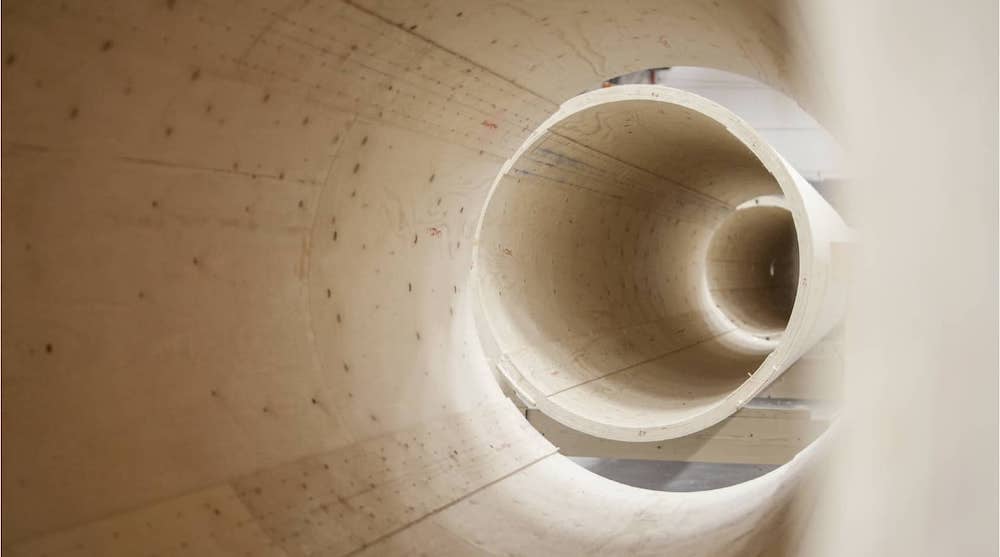Wooden wind turbine towers reduce emissions by 90% and are cheaper than steel, too
Like most other sectors, cost inflation has hit wind energy hard. Wind turbines are 40-50% steel, copper and aluminum, and prices of those materials have doubled or tripled over the past few years. But there's an alternative: wood. Modvion, a Swedish startup, is positioning wooden wind turbine towers as a cost-effective substitute for steel and concrete. With a lower CO2 footprint to boot.
RWE Renewables Sweden, a subsidiary of German energy giant RWE, has now partnered with Modvion to develop wooden towers for onshore wind farms as part of an ambitious plan to reduce its carbon output. Adopting laminated wood in modular towers offers an environmentally friendly alternative to steel and concrete while lowering renewable energy production costs.
"Our technology can help the wind industry dramatically reduce emissions, while facilitating taller towers to reach stronger winds," said Maria-Lina Hedlund, acting CEO at Modvion. The patented design of Modvion's wind turbine tower is both cost-effective and stronger than steel per unit weight, translating to lighter towers and reduced requirements for expensive reinforcements.

According to RISE, a Swedish research institute, a wooden tower can reduce emissions by 90% compared to a steel counterpart of the same height and load. Modvion will install its first commercial 2-megawatt wind turbine with a wooden tower in 2023. The company also has plans for a 6-megawatt installation, which will rank among the largest land-based turbines. Through their new partnership, RWE aims to verify the wooden tower technology and prepare to equip their own future wind farms with wooden towers.
Trend Bite
On the ever-challenging permit side — most people are pro-renewables until turbines are planned nearby — switching out steel and concrete for wood has another upside: a recent survey by Modvion found that 40% of Swedes are more positive about wind power when wooden towers are involved.



